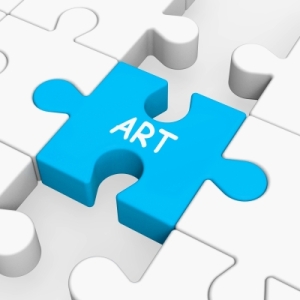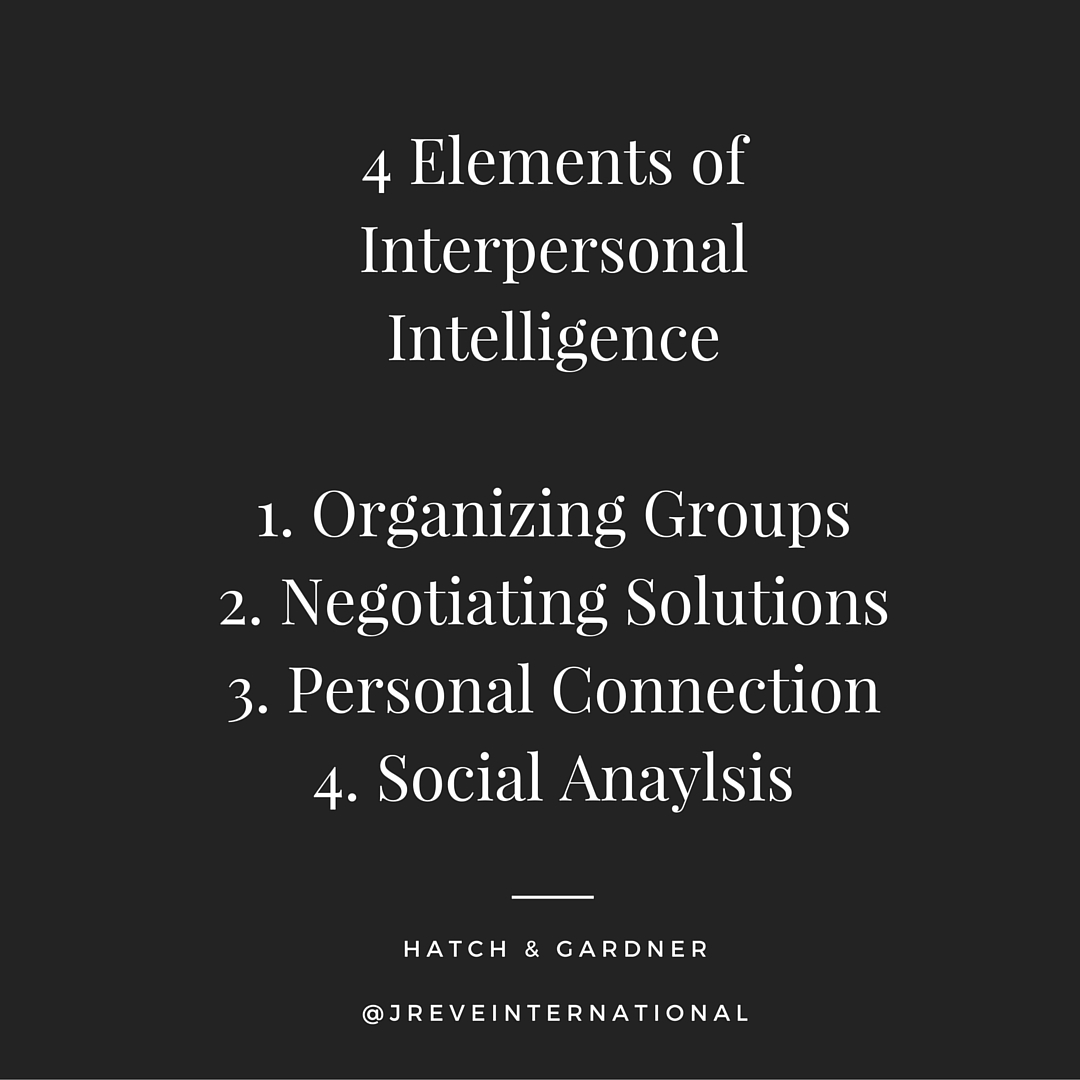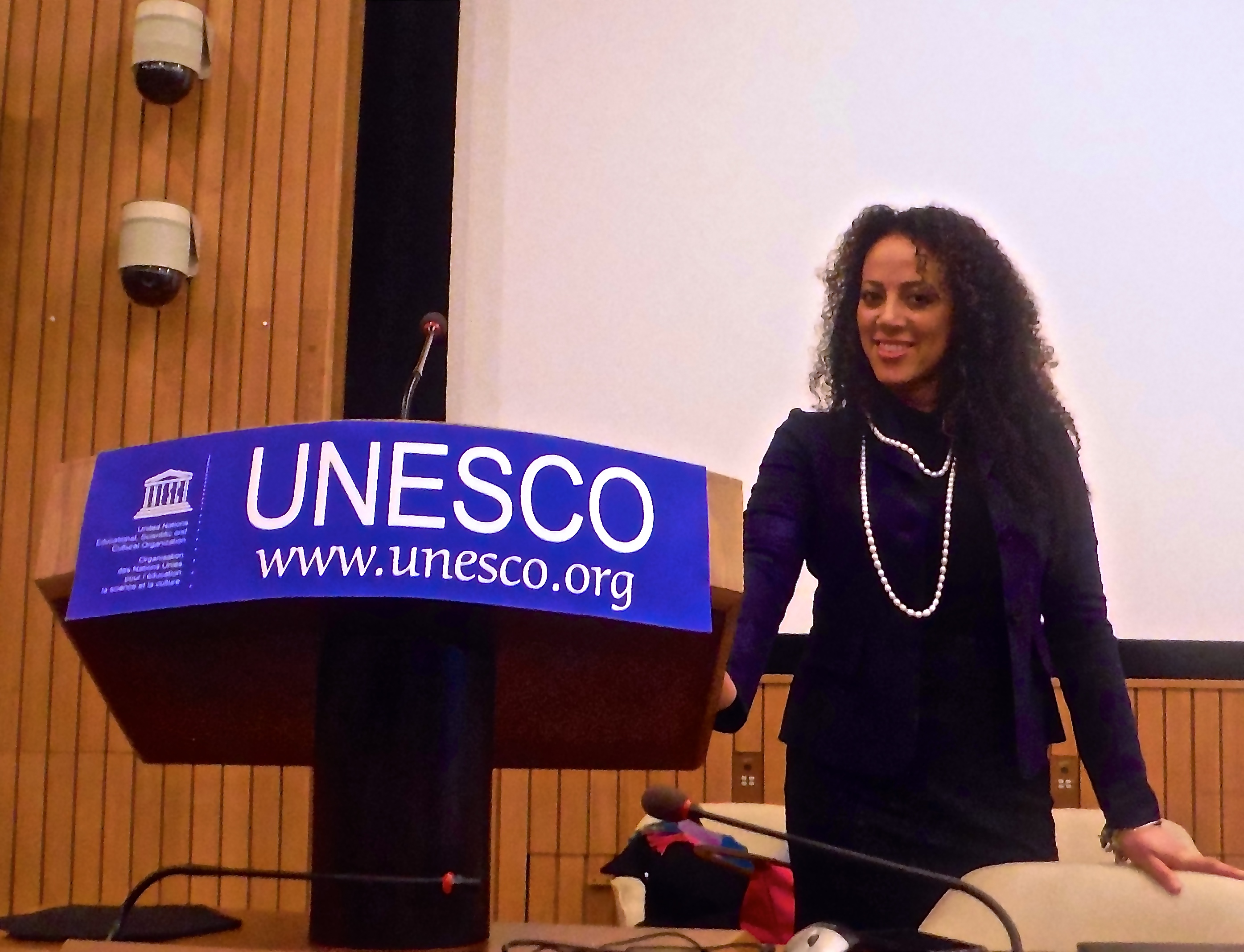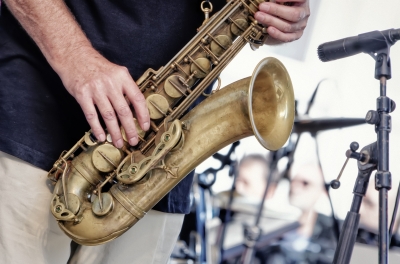“Arts education is a key to training generations capable of reinventing the world that they have inherited. It supports the vitality of cultural identities by emphasizing their links with other cultures, thus contributing to the construction of a shared heritage. It helps to form tolerant and dynamic citizens for our globalizing world.”
Irina Bokova, UNESCO Director General
Message on the occasion of International Arts Education Week
In light of UNESCO’s Arts Education Week (May 22-27, 2016), here are some points illustrating the impact of arts education on kids. ‘The Arts’ refers to both the visual and performing arts, which ranges from painting and sculpture, to dance, music and theater, and includes filmmaking.
1. The Arts help kids learn other subjects (3 examples):
- Ever heard of STEAM Education (Science, Technology, Engineering, Arts, Math)? The arts reinforce multi-subject learning and strengthen ability to perceive connections.
- Playing a musical instrument can improve math comprehension, and helps with learning languages.
- History
- Art tells stories, presents history, and teaches context and metaphor.
- Reading
- When kids actualize what they’ve read through the arts, such as through performance, drawing or creative writing, they retain data longer.
2. The Arts help kids develop Multiple Intelligences
- Emotional Intelligence explores how our thoughts about ourselves and others, impacts our actions.
- Empathy
- In his ground-setting book, Emotional Intelligence, psychologist Daniel Coleman reveals that “Empathy builds on self-awareness; the more open we are to our emotions, the more skilled we will be in reading feelings.”
- Problem solving
- Peter J. Jordan & Ashlea C. Troth’s study demonstrated emotional intelligence indicators were linked to team performance.
- Empathy
- Social Intelligence pertains to getting along with others. The value of this for kids, teachers, and parents is evident.
- Interpersonal Communications (The Social Arts): 4 Main Components of Interpersonal Intelligence presented by Howard Gardner, and Thomas Hatch.
 3. The Arts help kids develop their own voice, and confidence in their ideas
3. The Arts help kids develop their own voice, and confidence in their ideas
- Essential for creativity, which requires optimism, courage and leadership, as they shepherd ideas into fruition.
4. Great for their student portfolio
- Showcasing a range of interests is ideal on college and scholarship applications
- Additional teachers/mentors who can write referrals attesting to their creativity, ability to work with others (performing in plays, for example), and problem solving abilities.
5. It’s fun. Relieves stress, makes them happy.
- Kids are under a tremendous amount of stress. Academics, social/peer issues, and even economics often at the root. Arts and creativity lowers stress and is a positive outlet for them, and they have lots of fun doing it. Encourage them!
What can you do?
To learn activities that you can do at home, online, or in your community to support a child’s interest in the arts, visit, Americans For the Arts. To learn about how arts impact student achievement, read this report from The National Assembly of State Arts Agencies (NASAA). To read UNESCO’s plans for arts education, click here.
 Jacqueline Cofield, founder of J Rêve International, is a former NYC Science schoolteacher, and global advocate for arts and STEAM education.
Jacqueline Cofield, founder of J Rêve International, is a former NYC Science schoolteacher, and global advocate for arts and STEAM education.

